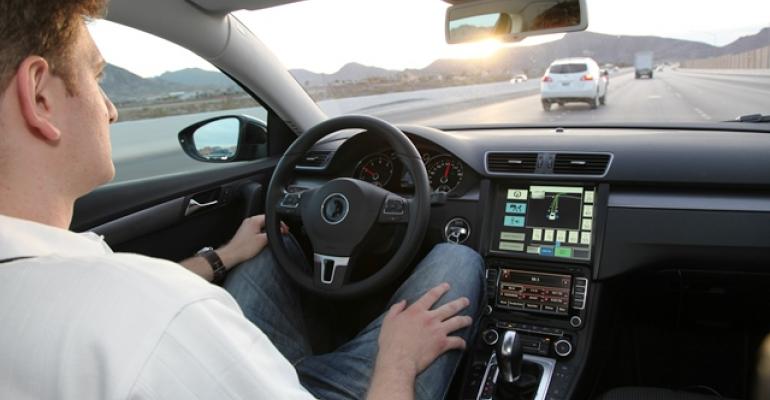TROY, MI – Life is a journey, not a destination, says Ralph Waldo Emerson. This also seems to be auto supplier Continental’s business strategy for self-driving cars.
Fully autonomous vehicles still are far down the road. Even so, its Advanced Driver Assistance Systems business unit already is making money on various incremental technologies that will make self-driving vehicles possible.
“It’s our fastest-growing unit,” says Frank Jourdan, head of Continental’s Chassis & Safety Div.
The ADAS unit makes various types of radar and camera systems that are being used for adaptive cruise control, emergency braking, lane-departure warning and other semi-autonomous functions that automakers are rapidly adopting.
Some automakers buy separate ADAS components from Continental, and others buy whole systems and software, Jourdan says. Japan, the U.S. and Europe are the main markets for ADAS systems, he says.
While the industry is moving rapidly toward automated driving, where the car takes control for brief periods, the concept of completely autonomous vehicles is much further off, says Steffen Linkenbach, director-Systems and Technology. “People are confusing automated driving with driverless driving.”
The latter is much more difficult to achieve, will require extensive backup systems and will be highly regulated. Continental does not believe these issues will be resolved until about 2025.
Despite the fast growth of ADAS, about 66% of the Chassis & Safety Div.’s revenue still comes from more conventional technology such as braking systems and electronic stability control, Jourdan says.
One of the division’s hottest new technologies is the MKC1 brake module, he says. It combines the brake booster, control systems and mounting hardware into one compact unit. It is 30% to 40% lighter, provides benchmark stopping power and best-in-class recuperation. It also is vacuumless, making it compatible with electrified vehicles. The system goes into production in late 2015 or early 2016. It will appear first on several premium German cars but numerous other automakers are interested even though “it still is quite expensive,” Jourdan says.



